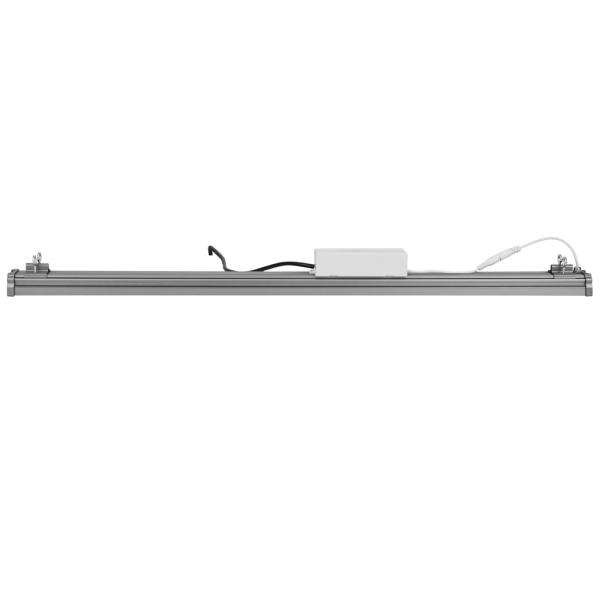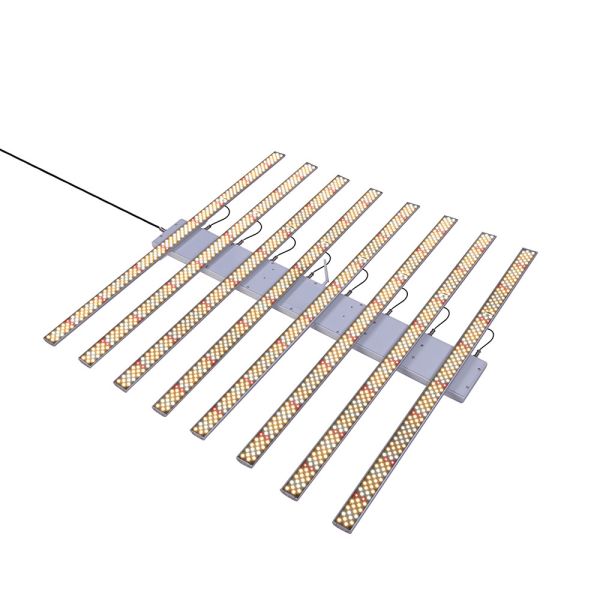| Model | UVBar120 | Model | UVBar90 |
| Power | 72W | Power | 48W |
| Radiometric | 40003.2 mW | Radiometric | 26668.8 mW |
| Spectrum | 385nm/395nm/405nm= 12:12:12 | Spectrum | 385nm/395nm/405nm= 8:8:8 |
| Size | 1100*49*65mm | Size | 850*49*65mm |
| Package | 117*44*10cm(4pcs/Carton) | Package | 92*35*10 (3pcs/carton) |
| G.W | 9.9 Kg(3pcs/Carton) | G.W | 6.4 Kg(2pcs/Carton) |
| Application | BLOOM | Application | BLOOM |
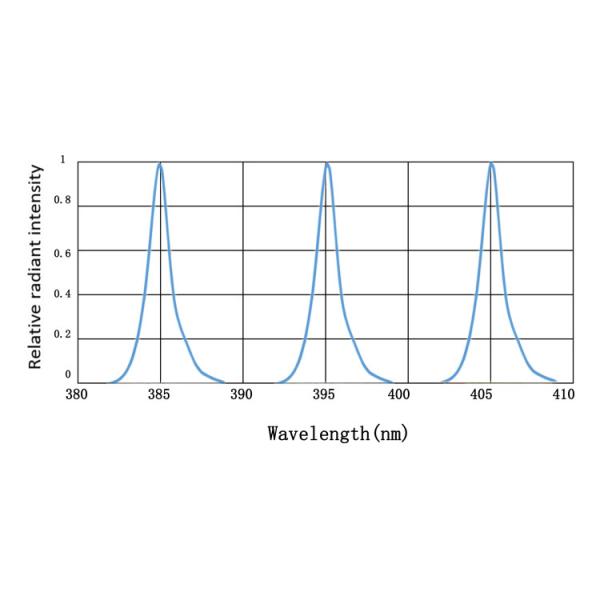
Other Related Product
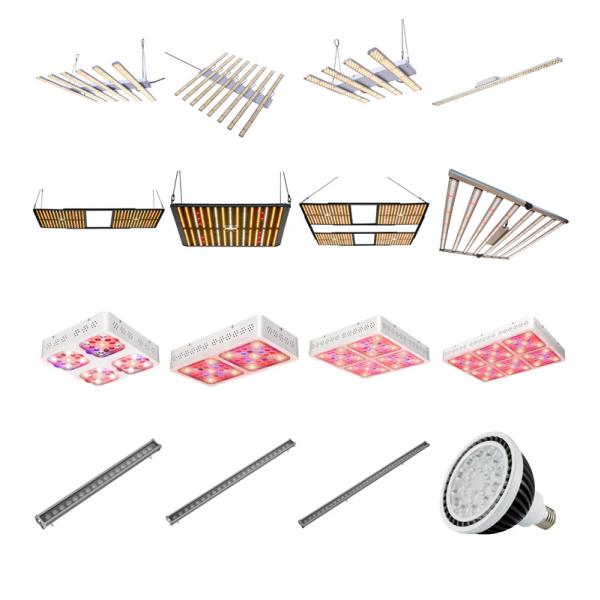
UVPar 20W PAR38 LED grow light UV 18x3W UV LED Par light
How UVA Work?
UV Tells Your Plants to Change Growth Pattern, Chemistry, and Transpiration
Light isn’t just energy for plants; it's also information. Plants have evolved quite incredible ways of “seeing” what is around them so they can adjust their growth to optimize energy capture. The number one thing that plants need to “see” is other plants. If another plant is above or to the side of them, they can adjust the number, size, and distribution of leaves; the chemistry of its leaves; and where new growth should occur. All this allows it to capture the greatest amount of light despite this competitor.
We are talking about more than just determining what direction has the brightest light; it’s also about determining what wavelengths of light are present and where. When light passes through or off of a plant, UV, blue, and red light are heavily filtered and green and infrared are left behind. Therefore, a plant knows they are in direct or bright sunlight when there is high levels of UV, blue, and red. The reverse is also true – if there is low levels of UV/blue/red and high levels of green and infrared then the plant will think it is being shaded. The most common reaction to a plant thinking it is being shaded is to extend its stems significantly and stretch out. If this reaction takes place and the plant isn’t being blocked (like in a grow room with high green and infrared) this wastes energy and reduces yield.
UV-A along with blue triggers a number of photoreceptors (molecules that detect light and send signals to the plant). Those currently identified include crytochrome, phototropin, ZTL/FKF1/LKP2, and to a lesser extent phytochrome. These photoreceptors trigger a number of changes, including increasing chlorophyll production, creating larger leaves that capture more light, and opening the stomata on leaves letting in more carbon dioxide.
Gbeing Smart Ag Co., Ltd
* More than 2,000 customers served
* Gbeing's R&D personnel account for more than 63%
* To be TOP 10 in supplying LED grow lights for commercial cultivation industry for 2 years
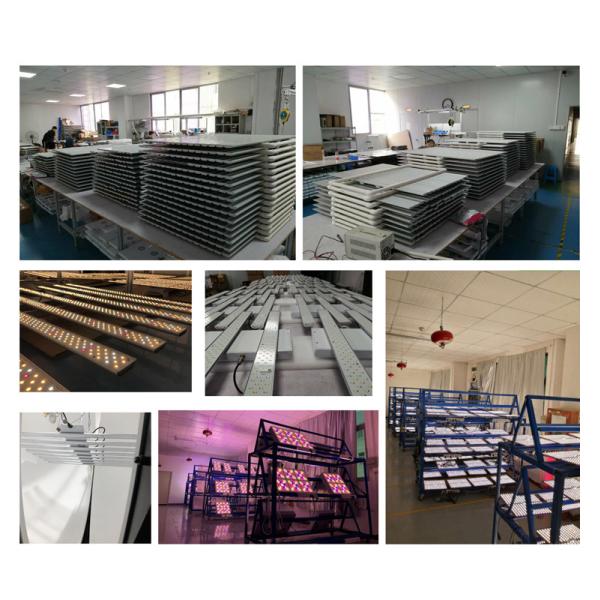
1. What are your terms of payment? We can accept Paypal for sample and T/T for bulk order.30% T/T in advance, 70% balance before shipment.
2.What about the lead time? Sample needs 3-5 days, mass production time needs 2-3 weeks
3.How do you ship the goods and how long does it take to arrive? We usually ship by DHL, UPS, FedEx or TNT. It usually
takes 3-5 days to arrive. Airline and sea shipping also optional.
4.Do you offer guarantee for the products? Yes, we offer 3 years warranty.
Address: Guoyue Science & Tech Park, No.1 LiRong Road, Dalang, LongHua District, Shenzhen, China













